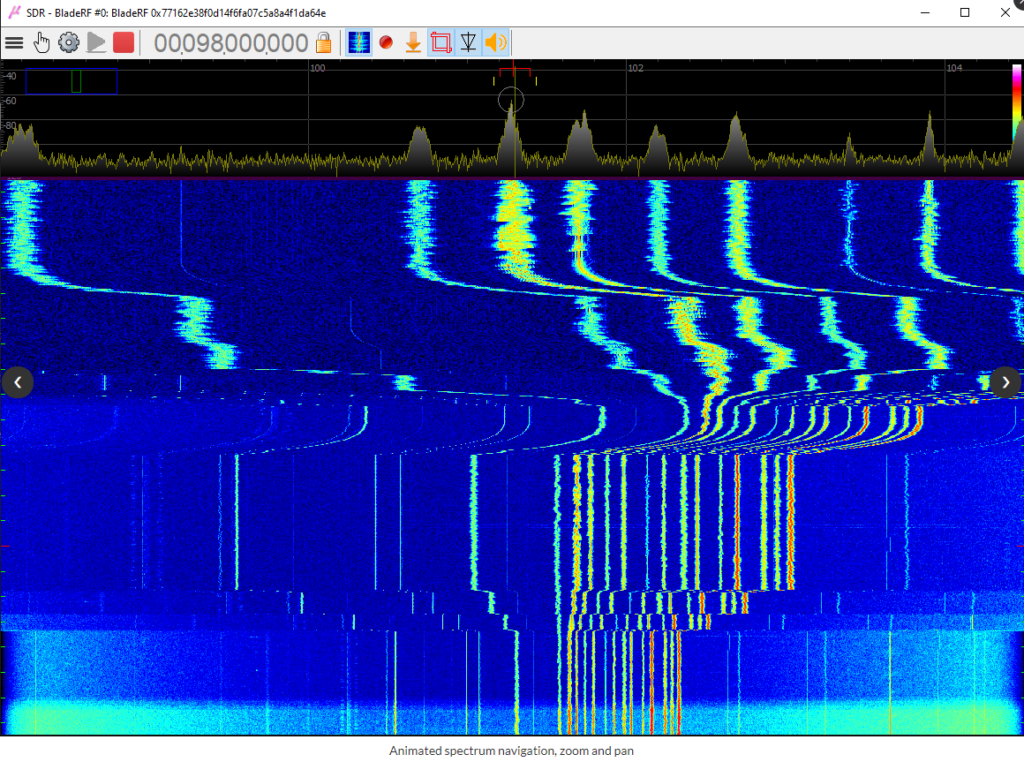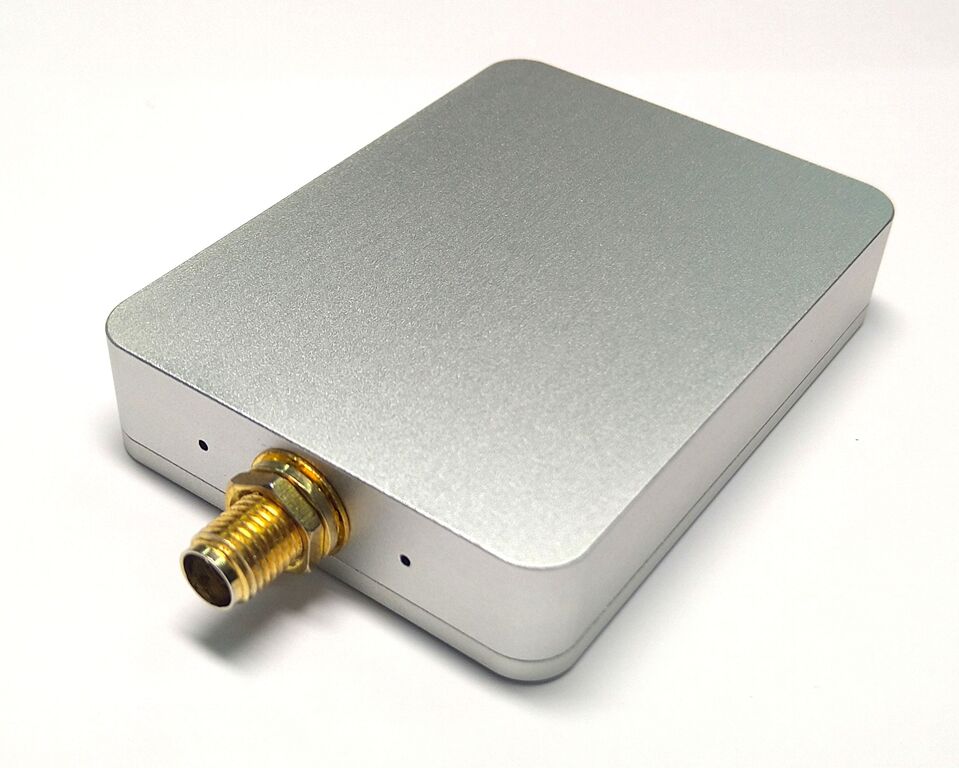Airspy HF+ Firmware Updated to R4.0.0
The Airspy HF+ and HF+ Discovery are popular and affordable software defined radios that have a focus on excellent reception on the HF bands. Recently @lambdaprog, the creator of Airspy products has released updated firmware for the Airspy HF+ series of products. The announcement on X is shown below.
We're excited to bring you a special firmware update for the #Airspy HF+ series. This release delivers several key enhancements:
— prog (@lambdaprog) March 10, 2024
✅New, more robust USB streaming stack
✅Smoother and faster tuning
✅Enhanced AGC behavior
Download: https://t.co/f54oEgXq9k pic.twitter.com/DBtcKHepVl


